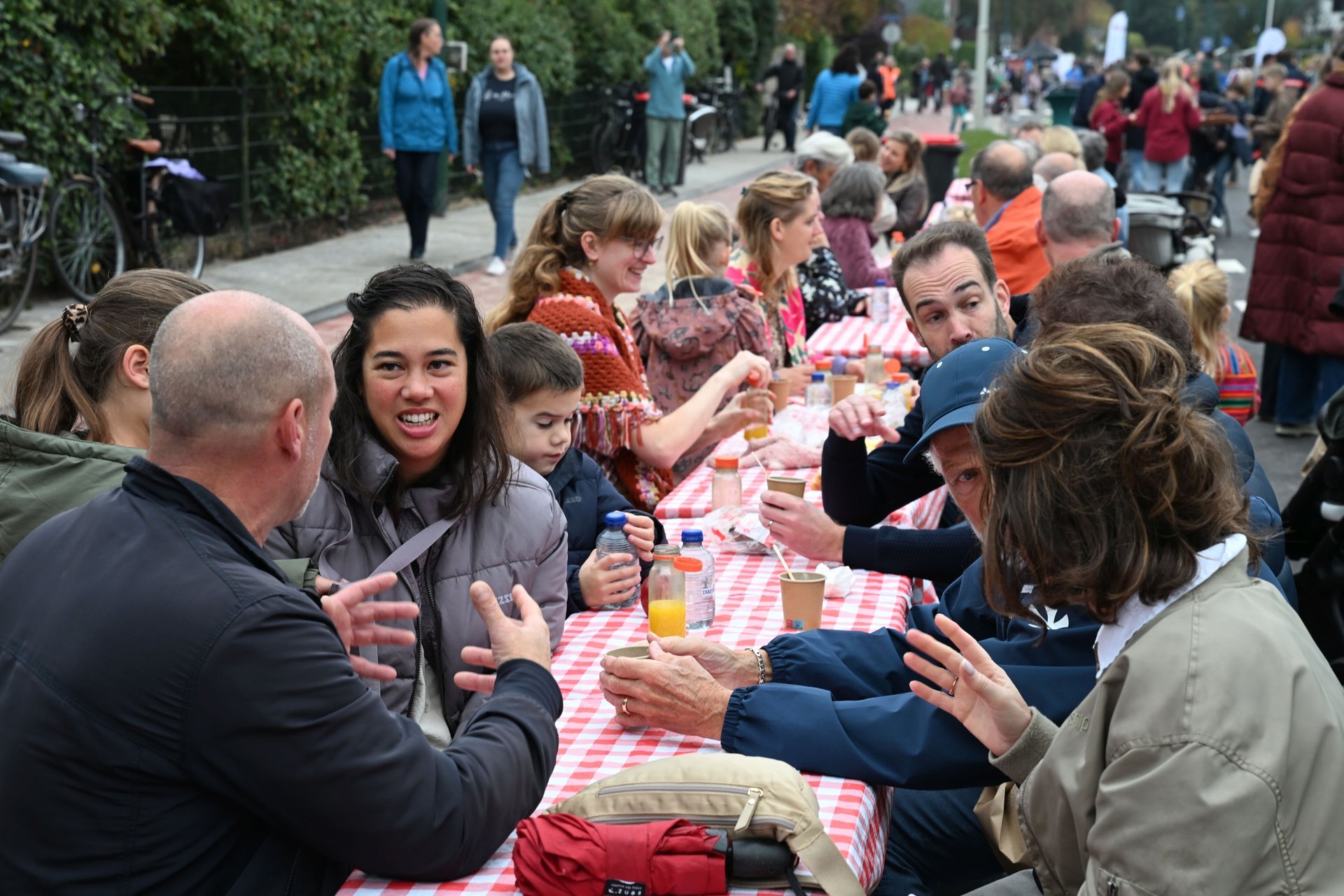Community engagement is about trust, transparency, and maintaining a good relationship with the community surrounding a project. Consultation plays an important role in this, particularly in the planning phase, but also afterwards.
During execution and completion, a second element comes into play: compensation. How do you deal with the inconvenience that a project inevitably causes, and how can you turn that into something positive?

Why compensation matters
Communication about planning and project impact removes much uncertainty. Nevertheless, local residents often experience inconvenience: noise, dust, traffic, or the loss of living space.
Compensation is a way to ease that negative experience and to show appreciation for the patience the community has shown. It reduces complaints, improves reputation, and helps ensure a smoother project delivery.
Compensation can be large or small. From offering a hotel stay when residents cannot sleep at home, to handing out earplugs, or organising a neighbourhood celebration at completion. It is not so much about the value of the compensation, but about recognising that the community is experiencing inconvenience.

Social value as inspiration for compensation
An idea that is receiving increasing international attention is social value. This means that contractors invest in social improvements that go beyond the project itself. Examples include creating a sports field, establishing a community garden, or supporting existing initiatives. In some countries, such investments are already part of the tendering process, which encourages contractors to actively engage with the community.
So, social value can inspire a more creative and sustainable approach to compensation. It provides an alternative to traditional CSR budgets, which are often not applied at project level. It also helps companies strengthen their reputation and truly contribute to the community. It leaves a positive legacy, long after the project is completed.
Types of compensation
Compensation comes in many forms. A useful framework is the Pyramid of Social Engagement, which ranks levels of involvement and impact from high to low:
- Investing in social groups: structural contributions with lasting impact, such as creating a community centre or training programmes. Suitable for large-scale, long-term projects.
- Active collaboration with the community: joint decision-making and execution, for example through a workshop with residents. This creates shared ownership and increases engagement.
- Compensating for direct inconvenience: direct compensation, such as financial contributions for entrepreneurs or temporary employment for local residents.
- Symbolic compensation: small gestures that build goodwill, such as vouchers, flowers, or a neighbourhood barbecue.
- Information and education: informing residents about progress or offering workshops on sustainability and safety. Low cost, but with clear social value.
These steps are not mutually exclusive. It is the combination of different forms that makes compensation effective and credible.
Compensation and consultation combined
By actively involving residents through consultation, for example via a digital survey or community meeting, you show that their voice matters. Compensation then demonstrates that you recognise the inconvenience and appreciate the patience of residents. This combination prevents compensation from being seen as a buy-off and increases the chance that it will be valued.
It is important that this is done fairly and transparently, with clear expectation management. Do not reward too much, but also not too little. Ensure that compensation is proportionate to the inconvenience and its severity. Ultimately, it is about recognition and relationship management, not about “buying off” support.

A small gesture with a big reach
Compensation does not have to be a major investment. Sometimes the smallest gestures make the biggest difference: a free car wash after weeks of dust, a neighbourhood party to mark completion, or educational activities that add lasting value. With limited resources, you can achieve a lot, as long as the gesture is authentic and relevant.
